Great Changes
The Hardwood Industry of the Pacific Coast has changed greatly in character since its beginnings. In the early days wagon and carriage building was the principal outlet for hardwoods, and the first hardwoods carried in stock were only as a part of the inventory of dealers in wagon and carriage builders’ materials. This was true of all the present distributing centers of the Coast. Boat and shipbuilding were probably the next industries to use hardwoods. As the manufacture of other commodities such as furniture, hardwood house trim, etc. were introduced, other woods than those used in the vehicle and boatbuilding trades were added. In the 70’s and 80’s of the last century, there was a considerable furniture manufacturing industry in San Francisco and Black Walnut and other hardwoods were used in large quantities. A great deal of furniture which we now call Mid-Victorian was made on the Coast. The Eastern furniture factories with their mass production and cheap freight rates on finished goods, practically destroyed the Coast industry in the 1890’s, and it did not revive until the early 1900’s when Japanese Oak and Philippine Mahogany gave it a new advantage over Grand Rapids and Chicago. Spanish Cedar and Mahogany logs were imported in considerable quantities in the 80’s and 90’s, and sawmills were operated in San Francisco by the West Coast Furniture Company. Afterwards, L & E Emanuel, Hoffman, Dieckmann and Niehaus. Spanish Cedar was used for stair work almost exclusively, and there was a prosperous cigar box trade using this wood. The use of hardwood trim in residences and stores gradually increased. The old time saloon was a lucrative customer for the finest cabinet woods and the growth of the Coast in population, and the erection of great business buildings and fine residences increased the use of hardwoods. About the year 1900, oak flooring commenced to become popular while Maple flooring for dance floors and skating rinks had already been in use for many years.
In the year 1905, the first shipments of Japanese Oak logs commenced to come to the Pacific Coast. There were four hardwood saw mills in San Francisco, one in Los Angeles and several in the northern cities besides a number of veneer saws and flooring factories. Japanese Oak gradually became a very important factor in the hardwood industry. In the year 1907, the Western Hardwood Company of Los Angeles alone imported 1,800,000 feet of Japanese Oak logs and put up their own band saw and veneer mill. Mission furniture was much in style in that period, and Japanese Oak, on account of its soft texture and cheap price provided an ideal wood for its manufacture. It may be said that the re-birth of furniture manufacturing on the Pacific Coast was due to Japanese Oak more than to any other thing. In time, the Japanese themselves learned to saw their logs into lumber and the importation of logs practically ceased, while the bringing in of sawn lumber rose to great proportions. The Eastern manufacturers of Domestic Oak becoming alarmed at the inroads of Japanese Oak, succeeded in having a duty of 15% ad valorum tax placed on the sawn lumber at one time. This, combined with the rising costs of labor in Japan elevated the price of Japanese Oak to the equal and frequently above price of American Oak. Mission furniture went out of style. These things militated against the use of the imported wood and its consumption decreased to a very considerable extent. In the year 1907, or thereabouts, American capital began to develop the timber in the Philippine Islands, and a few scattered shipments were made at that time. Within about five years, however, Philippine Mahogany became really a factor for trim, doors, cabinet making, etc. Philippine Mahogany has been of major importance in the development of furniture factories on our coast. When Japanese Oak went out, Philippine Mahogany came in; and Los Angeles, San Francisco, Portland, Tacoma, and Seattle became real furniture producing centers utilizing many kinds of hardwoods.
